Saturday, Oct. 16, 2010 | 12:34 p.m.
Liberace Museum Tour (April 15, 2009)
John Katsilometes visits the Liberace Musuem for a museum tour on its 30th anniversary.
Liberace
As the highest paid entertainer in 1955 making $50,000 a week at the Riviera, Liberace paved the way for a generation of marquee entertainers who would draw thousands of people to the Strip with just a mere flashing of their names in lights.
Audio Clip
- Liberace Museum: State of the Union
-
For a time it was our favorite jewelry box, its drawers filled with sparkling and laughably garish accessories.
These pieces were the very birth of bling.
Whenever friends and family visited, we'd eagerly show them our fancy box of baubles. They had never seen anything like it. They would share in the wonderment of the vintage pieces, marveling at how they so clearly inspired more modern designs.
But over time, the pieces lost their luster. The jewelry box's novelty waned; its capacity to stun ebbed with each passing year. Occasionally someone would refer to the great ornaments and speak lovingly of their antiquated charm, but the ornate box was no longer the thing to show the guests. It had become passé.
Except for their regular, meticulous dusting, the once-beloved jewels sat virtually forgotten.
Now the great box is being locked up, the jewels within to be parsed so they can be shown to a collection of new friends.
The jewelry box that is the Liberace Museum closes Sunday afternoon (listed hours are noon-4 p.m.; go to the Liberace Museum site for info). After 31 years, the once-popular off-strip attraction is locking the doors for good in its original home on the corner of Trop and Spencer.
The announcement issued September that the museum would close Oct. 17 was a surprise only if you had not been paying attention to what was going on at the museum over the past several months. The museum staff was murmuring about the museum's bleak future even during last year's 30th anniversary. The murmurs became plaintive wails by the summer.
The famous jewelry box is going to close, they said, if action wasn't taken immediately.
They were right.
There has been ample debate and post-mortem analysis on why the box is closing. What went wrong, here?
The museum was losing money. There is no argument about that.
To repeat depressing information reported in this column and elsewhere, visitor numbers had dipped from a high of 450,000 annually to about 36,000 this year. If malaise can be quantified, those numbers do the trick.
Oh, it's been bad on that corner. The Liberace Foundation owns the plaza the museum shares with all the businesses in the strip mall on the southwest corner of Trop and Spencer. Carluccio's Tivoli Gardens restaurant, opened by Liberace himself and now unaffiliated with the museum, is one of those, but many businesses have pulled out and not been replaced. The Foundation pays $265,000 annually on a $2 million loan taken out in 2000 to renovate that plaza, paying a 9.3-percent interest rate on that loan.
That mortgage could be an attraction unto itself — the Liberace Money Pit.
More telling, during a period when the Liberace Foundation was siphoning money from its scholarship program to pay operating costs at the museum, officials never cut those to balance the books. The 15 full-time staffers and equal number of part-timers were paid a total of $700,000 each year, even when the museum did well to bring in half that sum in ticket receipts. And in the face of this sagging income, the Liberace Foundation Board of Directors continued to pay those salaries when the obvious outcome would be that the scholarship fund would edge toward empty.
That finally happened this year and there seemed no Plan B to staunch the red ink.
Remarkably, during an appearance on KNPR's "State of Nevada, on Sept. 22, Liberace Board of Directors Chairman Jeff Koep was asked by host Luis Hernandez if all those employees were needed to keep the museum operating. Koep responded, "I am not an expert in museums. That is the number (of employees) that has been used for years. ... It's possible you could do more with less."
We'll never know now.
For years, some of the decisions made by the management of the museum were simply bad judgment. The infamous selling of an 18th-century Louis XV-style desk, purchased by Liberace from a museum in Florida, rankled some museum supporters because the piece was sold in secret — it has never been made public who bought the desk or what its sale price was.
Consequently, museum backers began wondering what other under-the-radar sales might be made from Liberace's collection, which did nothing to engender morale among the museum staff or its small but loyal core of supporters.
Yet, in thinking out of the box, it is not hard to sort out the reason the Liberace Museum is closing. It's not merely because it is leaking funds. Or because officials sold a desk without notifying or consulting anyone who might have a better idea for that piece of antique furniture. Or because the foundation is saddled with a lousy mortgage payment in a moribund strip mall.
The jewelry box is closing because too few people have cared deeply enough to have kept it open.
The brand of Liberace has not sustained over time largely because his classical music is not meant for the masses — quick, name one Liberace Top 40 hit. He was never a presence on film; his TV appearances from decades ago are not replayed today on cable channels. At least, none that I can find.
Liberace's fans are dying away and not being replaced. There is an absence of even rudimentary knowledge about his career for anyone under the age of 40. It is only when you physically deliver someone to the museum for an over-the-top history lesson of Liberace that his legacy is truly appreciated.
The dearth of widespread passion about Liberace's remarkable life and career has allowed the museum to go dark.
There is hope, of course, that the long-discussed Liberace movie will help revive interest in his life and career, but fans are left to hope Michael Douglas can recover from throat cancer to play the lead role. A national tour of select Liberace collection pieces, managed by the Entertainment Development Group of St. Paul, Minn., is planned to raise enough money to help fund a new home for the museum.
A museum that could not draw visitors to the handpicked location of Liberace himself.
When it was announced that the museum would close, supporters organized a protest at the museum, targeting what they termed as gross mismanagement of the museum finances and collection by Koep and museum president Jack Rappaport. A few dozen people showed up.
Organizer Jeffrey White (a former museum official) challenged all politicians — the very individuals who might help force a government-initiated raking of the museum's books — to join the group in protest.
Not a single elected leader bothered to show up.
The locking of the jewel box is a sad, and maybe inevitable, chapter in Las Vegas history.
Wednesday night, prior to the final performance of "Liberace & Me" at the museum, the warm sound of a piano drifted from the attraction's main costume room. I wandered inside, wondering if a Liberace CD was playing from the recesses of that space.
Seated at the piano was Philip Fortenberry, who was first touched by Liberace's music at the age of 4. Someone from the gift shop called out to Fortenberry, asking if he wanted light. He shook his head no, and his hands kept dancing.
"I'll Be Seeing You," I think was the song.
Surrounded by the costumes and jewels of his idol, Fortenberry simply played the music, alone in the darkness, not even a candelabra to light his way.
Follow John Katsilometes on Twitter at twitter.com/JohnnyKats.

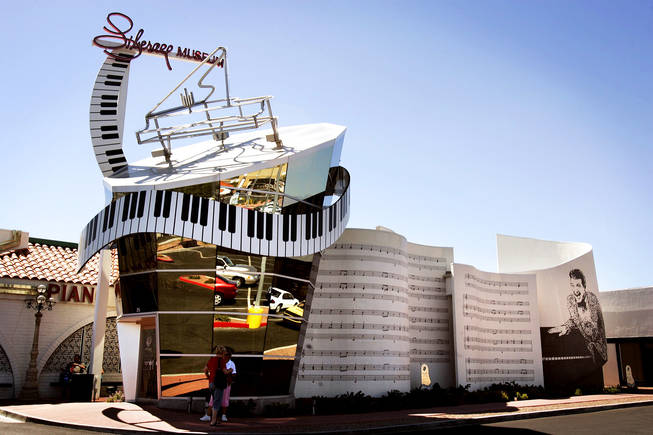
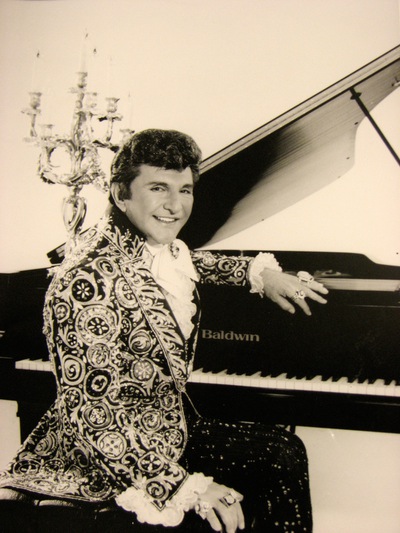
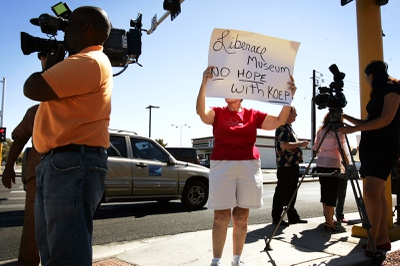
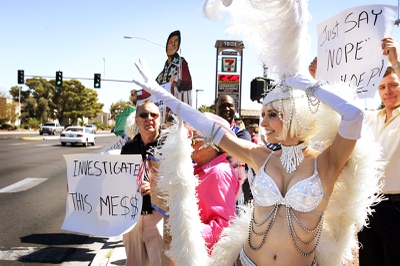
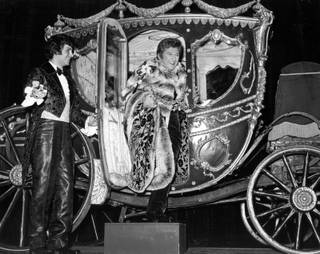
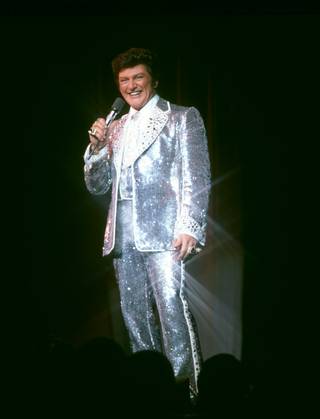

Join the Discussion:
Check this out for a full explanation of our conversion to the LiveFyre commenting system and instructions on how to sign up for an account.
Full comments policy